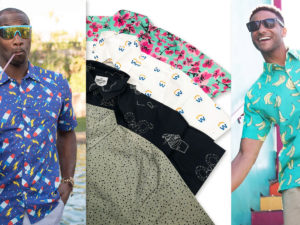
Billboard: “A new study says music merchandise grew by 9.4% year-over-year.
Music merchandising retail sales was one of the fastest growing property type percentage-wise for 2016, according to the international Licensing Industry Merchandisers Association’s annual survey.
While all categories of licensed goods and services globally hit nearly $263 billion, which represented a 4.4% increase from the prior year, the music merchandise category grew at more than double that pace. According to LIMA, music merchandise grew 9.4% to $3.1 billion from the prior year’s total of $2.83 billion.
“Music is part of the culture, and people shopping for [music related merchandise] are not limited to the music fans per se,” says LIMA senior VP Marty Brochstein. “Brick and mortar is taking the music [merch] category much more seriously.”
For example, beyond the regular music merch inventory regularly represented in stores, retailers have experimented with in-and-out programs, whereby a certain artist merchandise might get a high profile locations and big buy-ins for certain limited period. This happened last year with merchandise from artist that included Justin Bieber, Metallica and Lady Gaga, according to Brochstein.
Overall, entertainment/character licensing remains the largest category, accounting for $118.3 billion, while corporate/brand trademarks generated $54.6 billion; fashion, $31.1 billion; and sports at $25.3 billion.
“The 2017 Survey reinforces the positive momentum of licensed products worldwide and across all categories, especially the large and growing entertainment/character sector,” LIMA president Charles Riotto said in a statement. “This year’s results also speak to the impressive reach and strength of licensing initiatives in growth markets around the world, contributing to the continued vitality of the industry.”
LIMA conducts its survey by reaching out to retailers, licensing companies as well as scrutinizing import and export data.
While music merch is relatively small compared to the other categories in the survey, most of its revenues—which are not represented in the survey—comes from merch sales at concerts, music industry executives say.”






